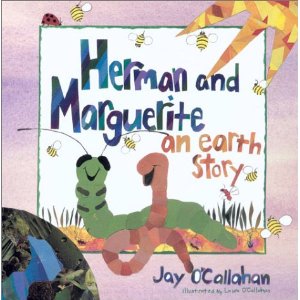We hope that you have enjoyed the first Wellesley Reads Together program which ended on Sunday November 13, 2011 with the multi-media musical program Sabor y Memoria (Flavor and Memory).
The books chosen this year (The Good Garden: How One Family Went from Hungry to Having Enough by Wellesley resident Katie Smith Milway and Animal, Vegetable, Miracle: A Year of Food Life by Barbara Kingsolver) highlighted themes of sustainable farming and local eating. If you haven’t had a chance to read the books, copies are still available to borrow from the library.
During the six weeks of Wellesley Reads Together, a wide variety of programs and events related to the topics of the books were held, including discussion groups, a Harvest Dinner, a weeklong visit to Wellesley by Maria Cecilia Vasquez, the young Honduran woman who inspired the main character in The Good Garden, a movie series, and many programs about sustainable farming, gardening and local eating.
Thanks to all the Library staff and WRT committee members who planned the events for Wellesley Reads Together and contributed to this blog.
We appreciate your comments about this year’s community reading program and your suggestions for future ones. You can reach the Wellesley Reads Together committee at 781 235-1610 ext. 1206 or wrt@minlib.net.
Until next time,
Pam Stirrat
for the Wellesley Reads Together Committee: Library Director Janice Coduri, Library Trustee Ann Howley, Linda Kondo Chapman, Janet Pattillo, Lisa Leslie Henderson.


















